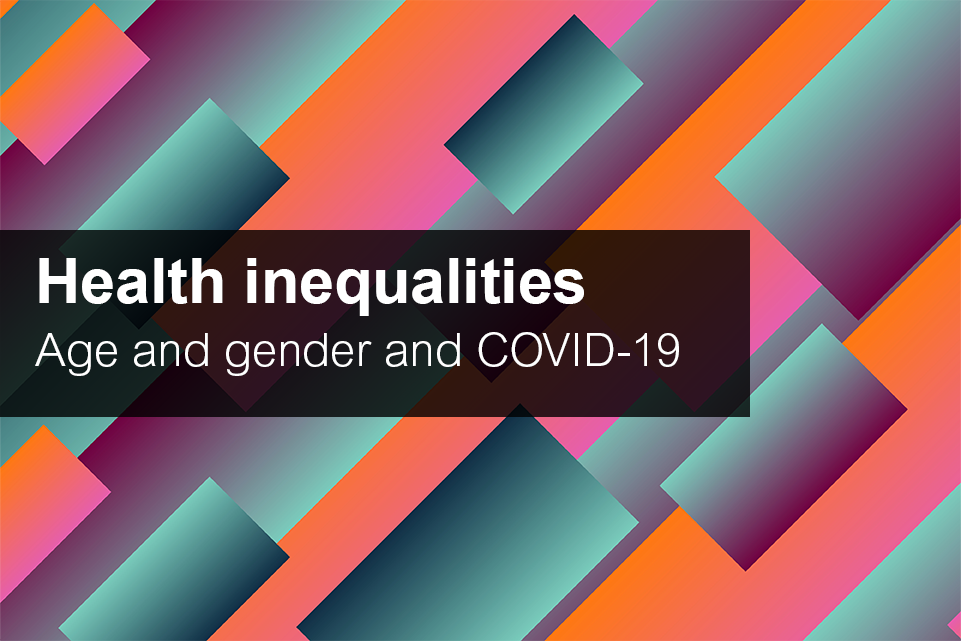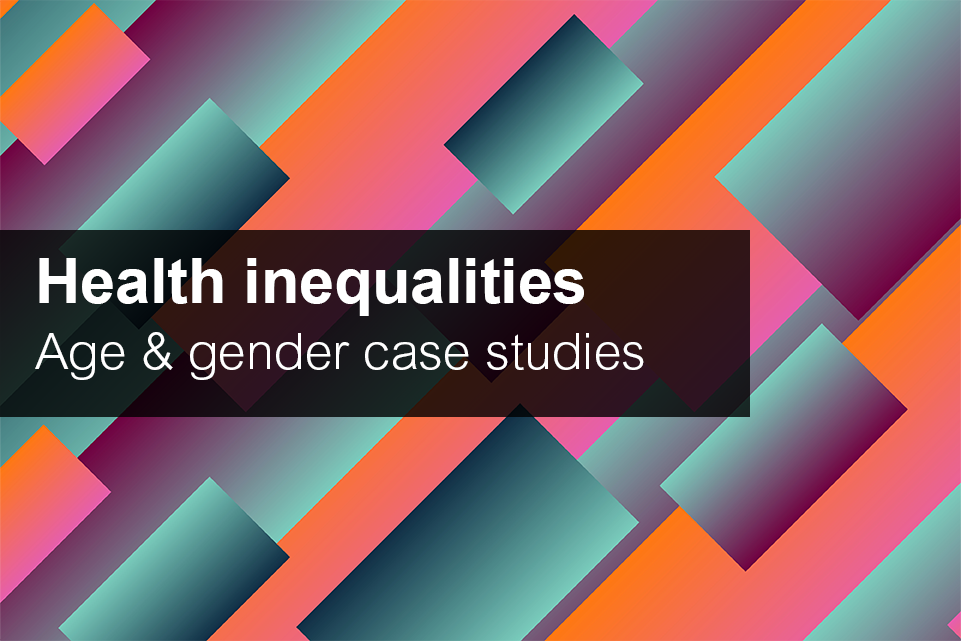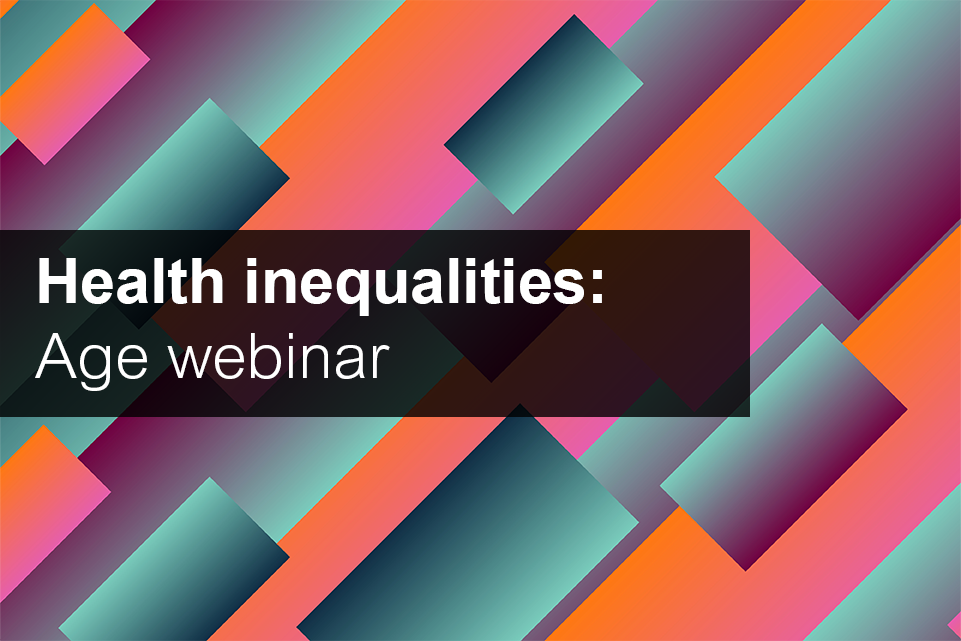1. What are the respective life expectancy and years of healthy life of men and women in your area?
2. Are there any other gender differences in your area, for example in the type of long-term conditions experienced by women and men or in the causes of mortality?
3. How do any such differences relate to the social determinants of health – for example, are there significant gender differences in educational attainment, in employment rates or in the number of young men and women not in education, employment and training, or is there a history of different employment patterns of men and women with differential conditions and pay that could account for gender differences in health outcomes?
4. Do the council’s health strategy and wider policies address gender inequalities in health? For example, are there ‘second chance’ initiatives to enable more boys to achieve educational qualifications, or initiatives to support women with childcare or other caring responsibilities?
5. Do local employers understand the impact of employment on the health of men and women and where employment is divided along traditional gender lines are there initiatives to address health issues that arise from such divisions?
6. Are there specific initiatives to reach out to women who may be largely confined to their homes because of caring responsibilities and/or role expectations – for example through children’s centres and voluntary and community groups?
7. Similarly, is there recognition of men’s well evidenced reluctance to visit health facilities – for example, by bringing services to workplaces and working with local employers to develop healthy workplaces?




